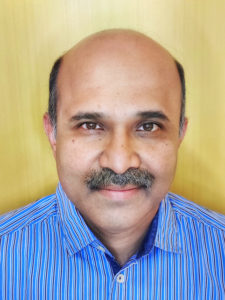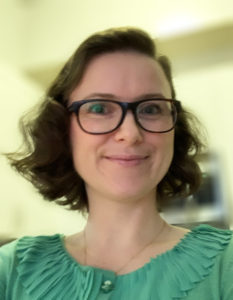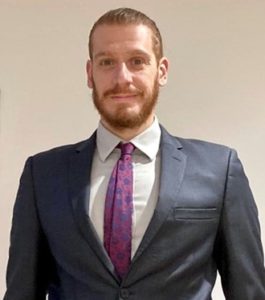 Lorenzo completed his undergraduate and master’s degrees in Physics at the University of L’Aquila (Abruzzo, Italy) in 2010, before moving to the Cavendish Laboratory, University of Cambridge to start his PhD in soft condensed matter physics. After graduating in 2013, Lorenzo took up an Oppenheimer Early Career Research Fellowship, followed by a Leverhulme Early Career Research Fellowship in 2016 and a Royal Society University Research Fellowship in 2018. The following year, Lorenzo moved to the Department of Chemistry at Imperial College London where he was promoted to the post of Senior Lecturer, before returning to the University of Cambridge Department of Chemical Engineering and Biotechnology in 2022. Lorenzo’s research group, supported by the Royal Society, an ERC Starting Grant, and funding from UK research councils (EPSRC, BBSRC), applies the toolkit of nucleic acid nanotechnology to designing advanced biomimetic systems, biophysical models, and tackling challenges in biomedicine. They can be found on Twitter @DiMicheleLAB1
Lorenzo completed his undergraduate and master’s degrees in Physics at the University of L’Aquila (Abruzzo, Italy) in 2010, before moving to the Cavendish Laboratory, University of Cambridge to start his PhD in soft condensed matter physics. After graduating in 2013, Lorenzo took up an Oppenheimer Early Career Research Fellowship, followed by a Leverhulme Early Career Research Fellowship in 2016 and a Royal Society University Research Fellowship in 2018. The following year, Lorenzo moved to the Department of Chemistry at Imperial College London where he was promoted to the post of Senior Lecturer, before returning to the University of Cambridge Department of Chemical Engineering and Biotechnology in 2022. Lorenzo’s research group, supported by the Royal Society, an ERC Starting Grant, and funding from UK research councils (EPSRC, BBSRC), applies the toolkit of nucleic acid nanotechnology to designing advanced biomimetic systems, biophysical models, and tackling challenges in biomedicine. They can be found on Twitter @DiMicheleLAB1
Read Lorenzo’s Emerging Investigator article http://xlink.rsc.org/?doi=10.1039/D2SM00863G
How do you feel about Soft Matter as a place to publish research on this topic?
Our research group uses DNA nanotechnology to build advanced biomimetic systems: from nanostructures that imitate membrane proteins to whole “synthetic cells” – micro robots designed to reproduce responses typically observed in biological cells. This research area, sometimes referred to as “bottom-up synthetic biology” is very multidisciplinary, rooted in concepts of biophysics, soft condensed matter, statistical mechanics, physical chemistry, nanotechnology and molecular biology. Our aim is to make our work accessible to scientists working across all these disciplines, and Soft Matter is among the very few journals that can reach out to such a diverse audience. Soft Matter is thus a great venue for our research!
What aspect of your work are you most excited about at the moment and what do you find most challenging about your research?
I am really excited about the open-ended nature of my group’s research area. Biological systems have evolved for billions of years to display an extremely rich array of functionalities and behaviours. We aim to re-create some of these responses, but there are so many to choose from, each posing different challenges and requiring different solutions. I find this very stimulating! Still, this freedom to explore is also challenging for me: some self-control is needed to avoid branching out in too many directions and losing focus!
In your opinion, what are the most important questions to be asked/answered in this field of research?
The most urgent question in the field, in my opinion, is around the issue of integration: how do we make components developed by different groups, to produce different responses, compatible with each other? We can now establish many (relatively) simple responses in synthetic cells, such as synthesis of molecules, directed motion, and control over the properties of synthetic membranes which we address in our contribution to the special issue. In biological cells, however, these responses occur in a highly coordinated fashion, which is critical for more complex behaviours such as decision making, adaptation and evolution. We are still largely unable to achieve this degree of integration in biomimetic systems, as different responses often rely on incompatible components. To tackle this challenge, the community should come together and make an effort towards enhancing cross-compatibility.
Can you share one piece of career-related advice or wisdom with other early career scientists?
Follow your passions and intuition when it comes to choosing a field of research – all other considerations are irrelevant if you do not find your own work inspiring.











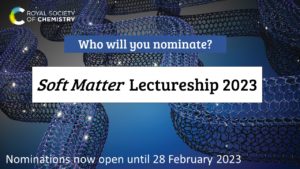
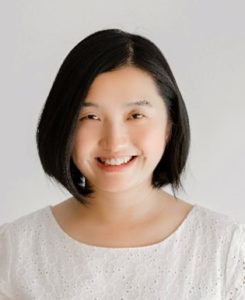

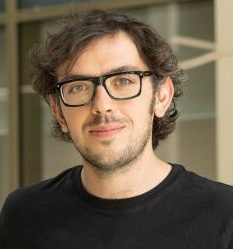 Dr. Richard Mandle was awarded BSc and MSc degrees in Chemistry from the University of Hull. He completed his PhD in Chemistry under the supervision of Professor John Goodby FRS at the University of York in 2013 (thesis title: “The Nitro Group in Liquid Crystals”). In postdoctoral positions he developed new materials for consumer LCD devices and worked on developing materials that exhibit new nematic phase types (York), as well as on auxetic elastomers (Leeds). Dr. Mandle has published over 80 peer reviewed journal articles, was awarded the Young Scientist award of the British Liquid Crystal Society in 2017 and the Vorländer Lectureship of the German Liquid Crystal Society in 2022. In 2022 Dr. Mandle was awarded a prestigious UKRI Future Leaders Fellowship which he holds as a joint appointment between the School of Chemistry and the School of Physics and Astronomy at the University of Leeds.
Dr. Richard Mandle was awarded BSc and MSc degrees in Chemistry from the University of Hull. He completed his PhD in Chemistry under the supervision of Professor John Goodby FRS at the University of York in 2013 (thesis title: “The Nitro Group in Liquid Crystals”). In postdoctoral positions he developed new materials for consumer LCD devices and worked on developing materials that exhibit new nematic phase types (York), as well as on auxetic elastomers (Leeds). Dr. Mandle has published over 80 peer reviewed journal articles, was awarded the Young Scientist award of the British Liquid Crystal Society in 2017 and the Vorländer Lectureship of the German Liquid Crystal Society in 2022. In 2022 Dr. Mandle was awarded a prestigious UKRI Future Leaders Fellowship which he holds as a joint appointment between the School of Chemistry and the School of Physics and Astronomy at the University of Leeds. Charles Dhong is currently an Assistant Professor in Materials Science and Biomedical Engineering at University of Delaware. He received a PhD from Johns Hopkins University followed by postdoctoral studies at University of California, San Diego. His
Charles Dhong is currently an Assistant Professor in Materials Science and Biomedical Engineering at University of Delaware. He received a PhD from Johns Hopkins University followed by postdoctoral studies at University of California, San Diego. His 
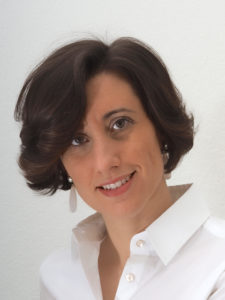 Eleonora Secchi is currently the Group Leader of the
Eleonora Secchi is currently the Group Leader of the 